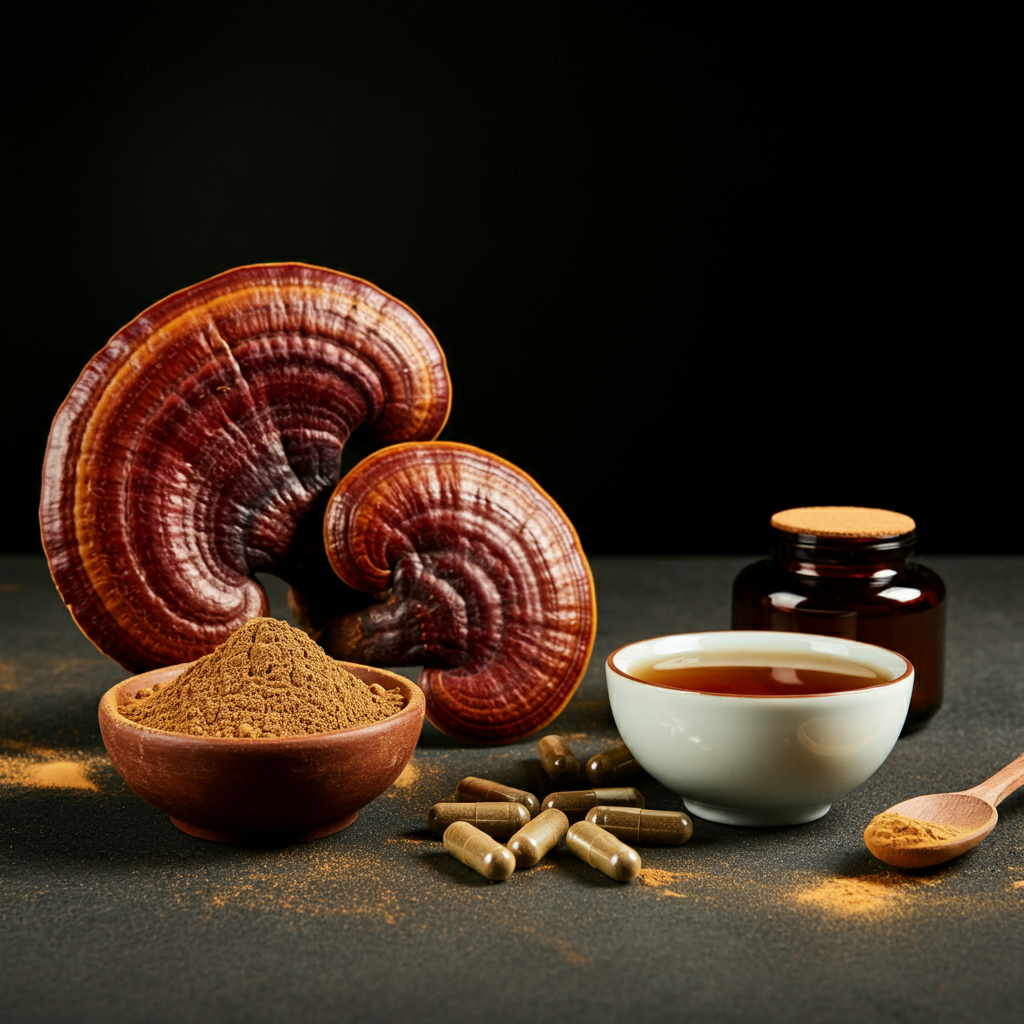Consuming Lentinula edodes (Shiitake) Mushrooms Daily Improves Human Immunity: A Randomized Dietary Intervention in Healthy Young Adults
Authors: Xiaoshuang Dai, Joy M. Stanilka, Cheryl A. Rowe, Elizabethe A. Esteves, Carmelo Nieves, Jr., Samuel J. Spaiser, Mary C. Christman, Bobbi Langkamp-Henken, and Susan S. Percival
Journal: Journal of the American College of Nutrition
Study Design: 4-week parallel group study
Participants: 52 healthy males and females, aged 21–41 years
Intervention: The participants were randomly assigned to consume either 5 g (n = 26) or 10 g (n = 25) of dried Lentinula edodes (shiitake) mushrooms every day for 4 weeks.
Outcome Measures:
- The ex vivo proliferation of gd-T cells and NK-T cells
- The ability of gd-T cells and NK-T cells to express activation receptors
- The levels of secretory immunoglobulin A (sIgA) in saliva
- The levels of C-reactive protein (CRP) in serum
- The changes in natural killer T (NK-T) cell proliferation and activation
- The changes in memory (CD45ROC) and naive (CD45RAC) gd-T cell population numbers after mushroom consumption
Summary: The study investigated the effects of consuming dried shiitake mushrooms on human immune function in healthy young adults. The participants were randomly assigned to consume either 5g or 10g of dried Lentinula edodes (shiitake) mushrooms daily for 4 weeks. The results showed that consuming shiitake mushrooms led to an increase in the proliferation and activation of two types of innate lymphocytes: gd-T cells and NK-T cells. The study also found an increase in secretory immunoglobulin A (sIgA) levels in saliva, suggesting improved gut immunity, and a decrease in C-reactive protein (CRP) levels in serum, suggesting reduced inflammation. The pattern of cytokines secreted by peripheral blood mononuclear cells (PBMCs) also changed after mushroom consumption, with increased levels of IL-4, IL-10, IL-1a, and TNF-a, and a decreased level of MIP-1a/CCL3. The study concluded that regular consumption of shiitake mushrooms may improve immunity by priming innate lymphocytes and creating a less inflammatory environment during an immune response.

No responses yet